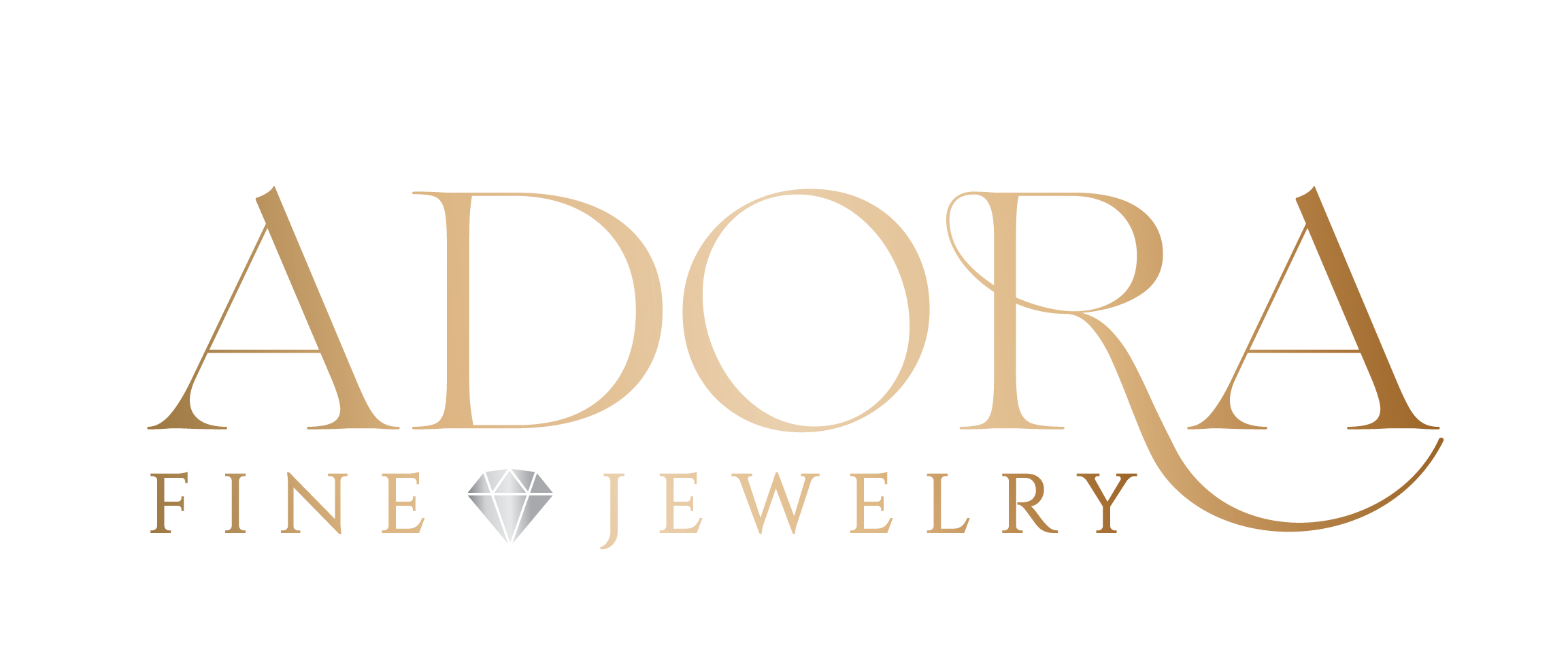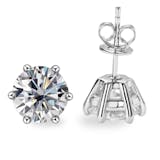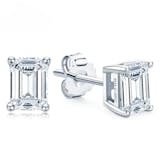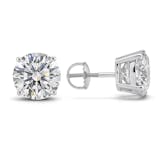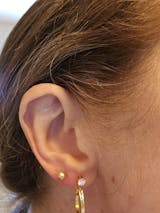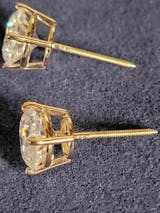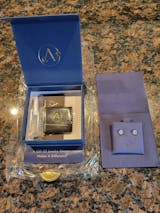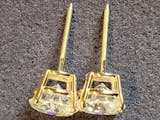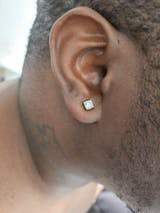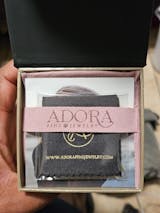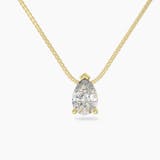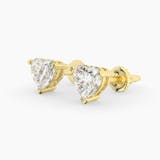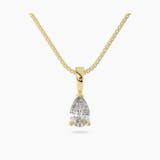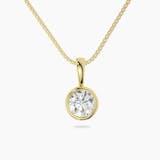These earrings are bright and beautiful with a nice high quality solid gold setting. I love all my purchases from Adora Fine Jewelry.
Fantastic sparkle, beautifully crafted, and elegantly packaged. Shipping was almost immediate, which was much appreciated.
Why did you pick this product vs others?:
Gorgeous!
Perfect fit with these screw back studs that anchor close to my ear lobe.
I wear these studs in my first piercing on top of my wire hinged hoops!
Earring safety:
Screw backs secure and anchor earring perfectly!
It said no chain so I was pleasantly surprised to get a beautiful gold chain with it that has a magnetic clasp making it so easy to put on. I've worn it every day since I got it.
I wish I wouldn’t have waited so long!!! I am so in love with these earrings. I got the .5 carat (1carat total weight) and they are PERFECT!! I wanted them for my second hole and the size is exactly what I wanted for that. I didn’t get the screw backs, but the push backs are very snug. I am not worried about losing one at all. I have worn them everyday since I got them and the sparkle is still amazing. I shower and everything in them and haven’t had to clean them yet. No changing colors or anything. They are perfect and I am over the moon about them. If you’re on the fence about them, jump off and RUN to order them! You won’t be disappointed!
Really pretty earrings. Fast (next day) delivery. Exactly as described. Would buy again from this seller-great deal!
Adora Fine Jewelry reached out in response to my return due to no 14K stamp on earrings frame. They sincerely apologized, explained that The 14K stamp on this style is primarily placed on the earring post, and occasionally on the earring body. They were happy to ensure that a new pair is carefully inspected and includes the 14K stamp before shipping. I just received the new pair & though it was difficult to locate the 14K stamp on the post, it was there (see pics). The video & pics I took don't do them justice. The moissanite does NOT have yellowish tone, it's just the phone camera pics. These are gorgeous & I'm thrilled! These will be my new go-to earrings for a classic, iconic look. 😍❤️💎
Works great to polish my silver jewelry. Good quality and thick. Three to a package. Super fast shipping and a great value for the price.
I am very pleased with my one karat oval pendant. I lost my diamond necklace and decided to replace it with something more affordable.
Amazing! Pendant look beautiful it is what they say it is. It says pendant only so I was not expecting a necklace but they included a complimentary s925 chain that goes with it which was unexpected and very much appreciated! Quality and giftable packaging, and beautiful stone!
I ordered a small magnetic clasp for a necklace with a very delicate chain. The clasp is perfect - it's got plenty of holding power so that I won't lose the necklace but, as important, the clasp is light enough that it won't constantly require me to adjust the position of the necklace because it stays in place (you know what I mean if you've ever had a magnetic clasp that's too heavy for the piece of jewelry). Customer service is beyond great - I tried to order a gold plated clasp but the system sent me a silver one instead. I contacted Adora and they immediately responded to tell me they were sending a gold replacement ASAP at no additional charge - which they did! They've won my undying loyalty ; )
Absolutely beautiful! I had to exchange the screwback for the regular posts (the reg posts are shorter which is good for me) because the screw backs irritated my skin. I would recommend the 1.5 for daily wear. Perfect for me. Thank you!
When it comes to jewelry, I love wearing not too small, and not too big 10/14 karats gold earrings. This is my first time buying anything from Adora Fine Jewelry and I must say that I will purchase more Jewelry from them in the near future. Btw, I would of took a pic with the earrings inside the box but I was so much in a rush to put em on my ears that I forgot to wait lol
I gifted this to my mum to match her wedding rings and the chain & diamond are stunning! She loved it! Such a classic and elegant piece!!
Quality is flawless. The item most definitely matches the description. My expectations were surpassed.
This pendent is beautiful I received it early and I also was sent a chain I didn’t order it’s was a gift from them. Very nicely packaged I will order again from them for gifts to give.
